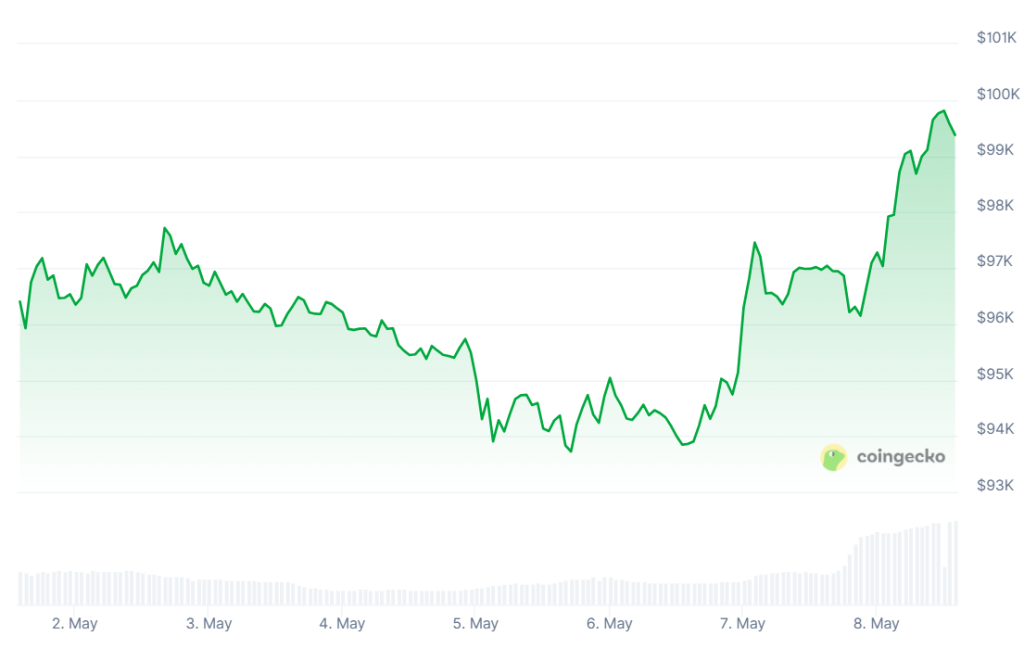For many CHROs, integrating technology is becoming a central responsibility. Still, progress with incorporating AI in HR remains limited, according to results from HR Executive’s What’s Keeping HR Up at Night? survey, released this month.
HR leaders say their foremost issue is hiring and retaining key talent, a perennial concern in the field. However, a growing challenge has emerged in second place: managing HR technology, particularly advancements in AI, generative AI and related tools. Despite the widespread attention these innovations receive in the headlines, actual adoption within HR has been slow, with only 39% of respondents indicating their HR departments have implemented new AI applications in the past year.
Amy Clark, chief people officer at the learning platform D2L, suggests that the dual challenges of securing talent and managing HR technology may be interconnected. When implemented effectively, AI can assist HR leaders in enhancing skills development and fostering a continuous learning environment. This approach empowers employees to grow and advance within their organizations, says Clark, and HR leaders could use this entry point to promote the benefits of AI for the workforce and the organization.
HR not yet moving the needle on AI
Yet even for organizations leveraging AI for HR, its use has largely been confined to tasks like generating content (e.g., summaries and job descriptions), capturing meeting minutes and improving communication, according to the results of HR Executive‘s survey. This highlights the untapped potential of AI for broader applications.
Rebecca Wettemann, CEO of industry analyst firm Valoir, says that using AI at this basic level might drive productivity. Still, the functionality won’t necessarily move the needle at a grand scale.
“These were safe places to start because they didn’t depend on data being securely and appropriately accessed,” she says. However, Wettemann points out that solid, exponential benefits come from applying AI for data-intensive HR outcomes, such as creating, refining and forecasting talent and skill maps and gaps.
Other areas could result in significant benefits. Clark sees the potential of AI to deliver advanced personalization and customized learning pathways to uplevel skills development programs. Learning and development, including reskilling and upskilling, was a top 10 “biggest HR challenge,” according to the HR Executive survey.
Clark adds that AI offers predictive capabilities, enabling organizations to forecast employee needs and prepare for the future. Predictive analytics—which survey respondents identified as the most lacking HR tech element—helps HR leaders align workforce development with broader company goals. While HR Executive editors saw significant innovation in this area at HR Tech this year, survey responses show that many HR leaders still feel a disconnect with leveraging this tech within their own departments.
While needle-moving AI use cases might not be the norm at the moment, some say the field may level up in time. Industry analyst Josh Bersin has written that organizations will naturally go through four stages of AI adoption—ultimately relying on autonomous agents, managed by people. By advancing through these stages, organizations can optimize work processes and productivity through artificial intelligence.
Read more: 2025 HR strategy: What 5 CHROs are thinking about
Foundations are still being built
Momentum with AI in HR requires a solid foundation, and many CHROs are working with the C-suite, other internal departments and even vendors to ensure data is reliable and business priorities are being addressed by AI initiatives. While this might slow progress, collaboration is often essential for success. For example, Saket Srivastava, chief information officer at work management platform Asana, told HR Executive that CHRO and CIO collaboration is “one of the most fundamental partnerships” organizations need.
Complex projects like talent forecasting require that the data is not only accurate and integrated but can be leveraged with the appropriate levels of governance, says Wettemann. She’s found that many of the HR technology vendors are making investments in controls, security and governance as they introduce AI, but they haven’t necessarily done a good job of communicating and explaining their approaches to customers.
This knowledge gap is closing, according to Wettmann: “We’re rapidly approaching the point in time where AI and data security basics won’t be considered ‘over anyone’s head’ anymore.” She insists that HR leaders and vendors will need to collaborate to ensure a mutual understanding of privacy, fairness and oversight when it comes to applying AI to HR data. “This makes everyone comfortable they can get past FOMU [fear of messing up] to real benefit,” she says.
Employee trust and engagement are musts
Yet, HR leaders face yet another challenge. According to new research from Qualtrics, despite a desire to gain access to enterprise AI, workers globally have low trust that their bosses will implement AI effectively, and hold varying views on its immediate benefits. Qualtrics’ State of AI in Employee Experience report, based on feedback from over 35,000 employees, reveals that for many, AI in the workplace creates uncertainty and disruption.
This probably isn’t because employees don’t want to make progress with AI, but because their organizational culture has made them fearful. Mary Alice Vuicic, chief people officer at Thomson Reuters, told HR Executive that at her global, 20,000-employee organization, requests to upskill and access tools for AI use have reached a “feverish pitch.” Thomson Reuters has prioritized learning for employees to build comfort and proficiency with AI, which Vuicic says helps generate a high level of interest.

The Qualtrics data signals a need for strong leadership, trust building and clear communication, a reminder that AI rationalization is up to people. The authors of the Qualitrics report put it this way: “On the face of it, successful AI transformation might seem like a technology problem, but underneath the complexity, it really is a human experience challenge and solution.”
D2L’s Clark agrees: “As much as AI can do, it can’t replace the human learning touch.” AI-powered tools offer employees new and innovative ways to learn, including mastering AI itself.
However, Clark says, while developing future-focused technical skills, HR leaders must also prioritize timeless human skills like adaptability, emotional intelligence and critical thinking. In this way, says Clark, “HR leaders can be in an even better position to help prepare their workforce for what’s ahead.”
Credit: Source link











